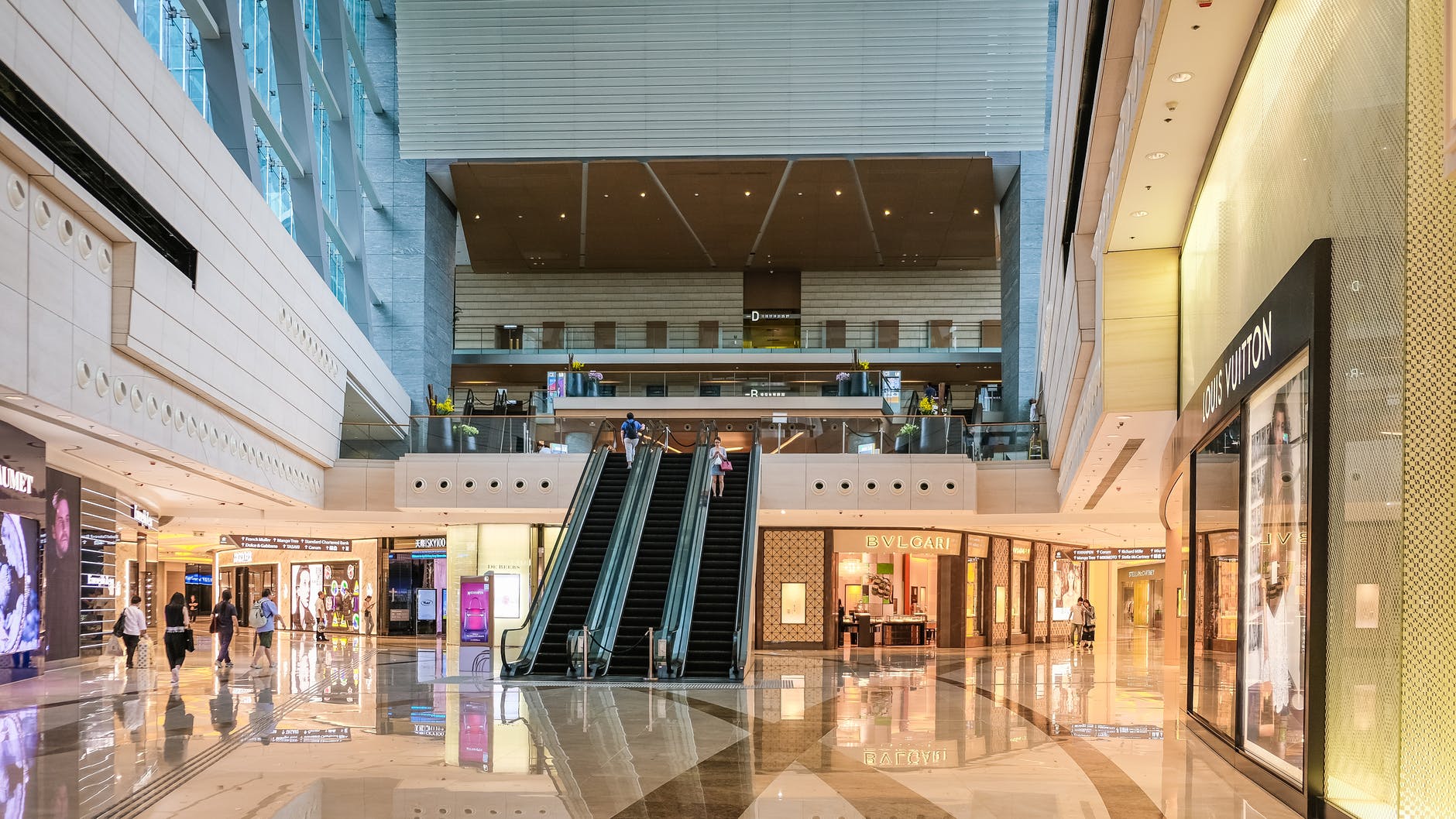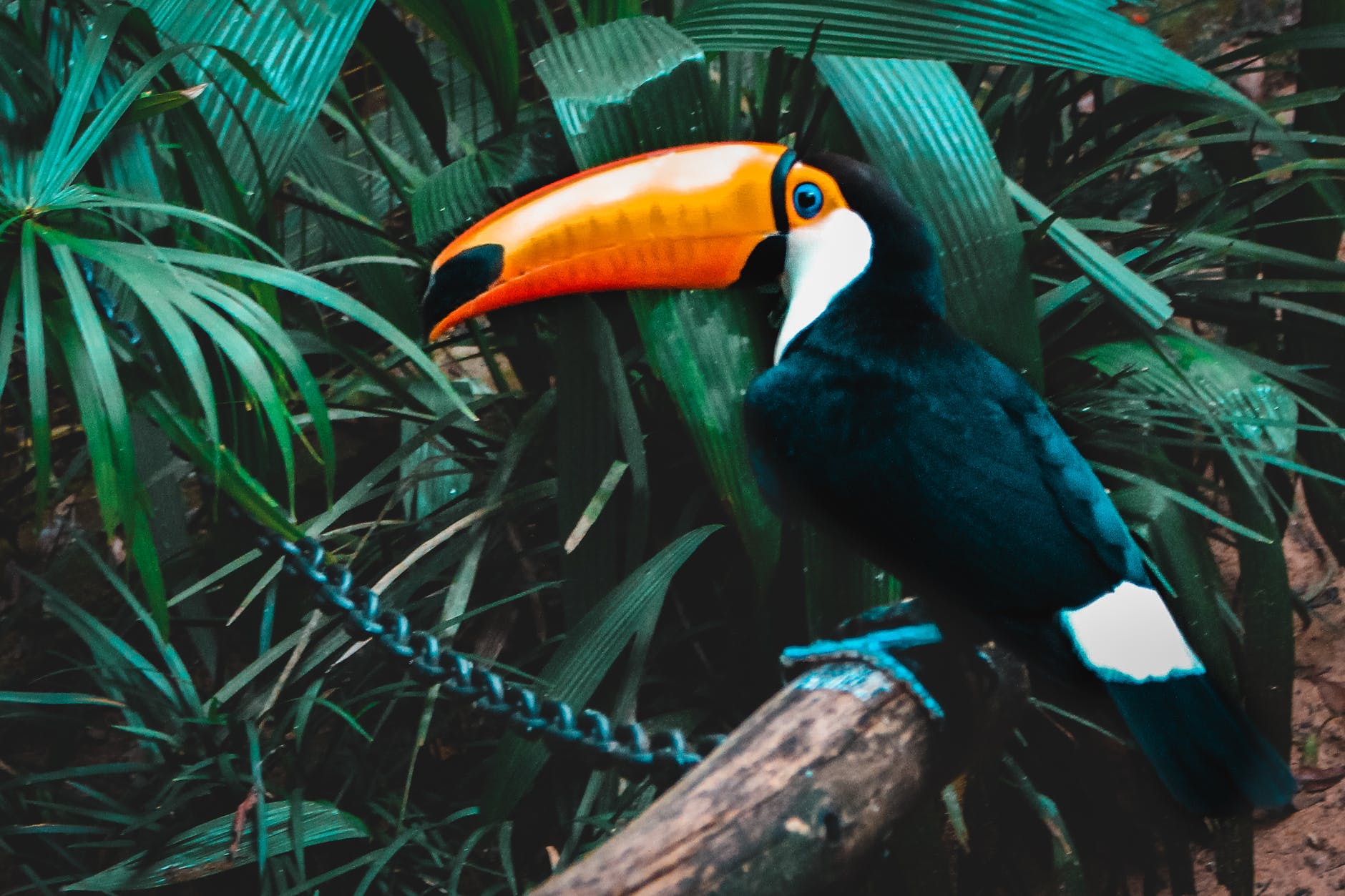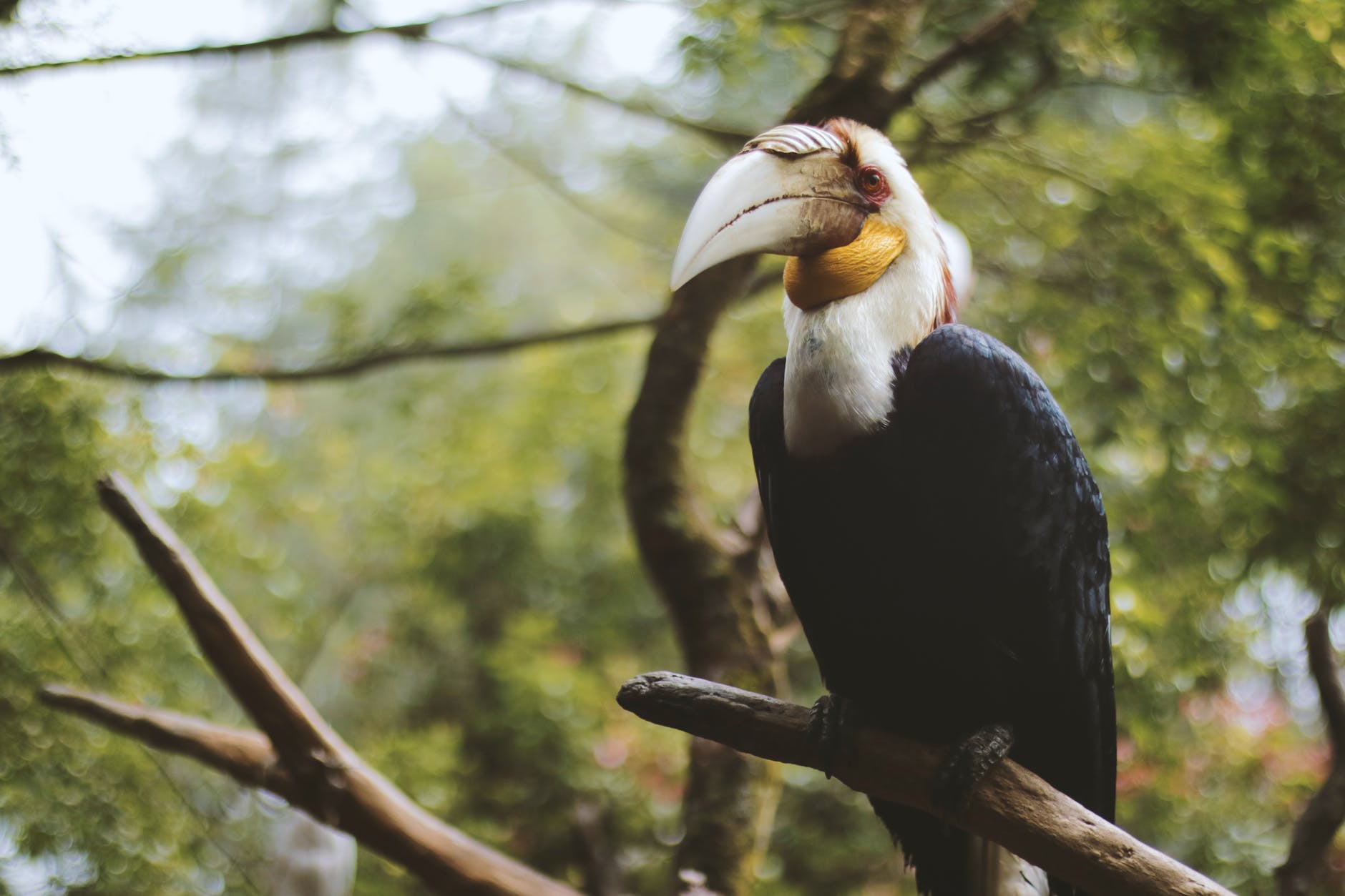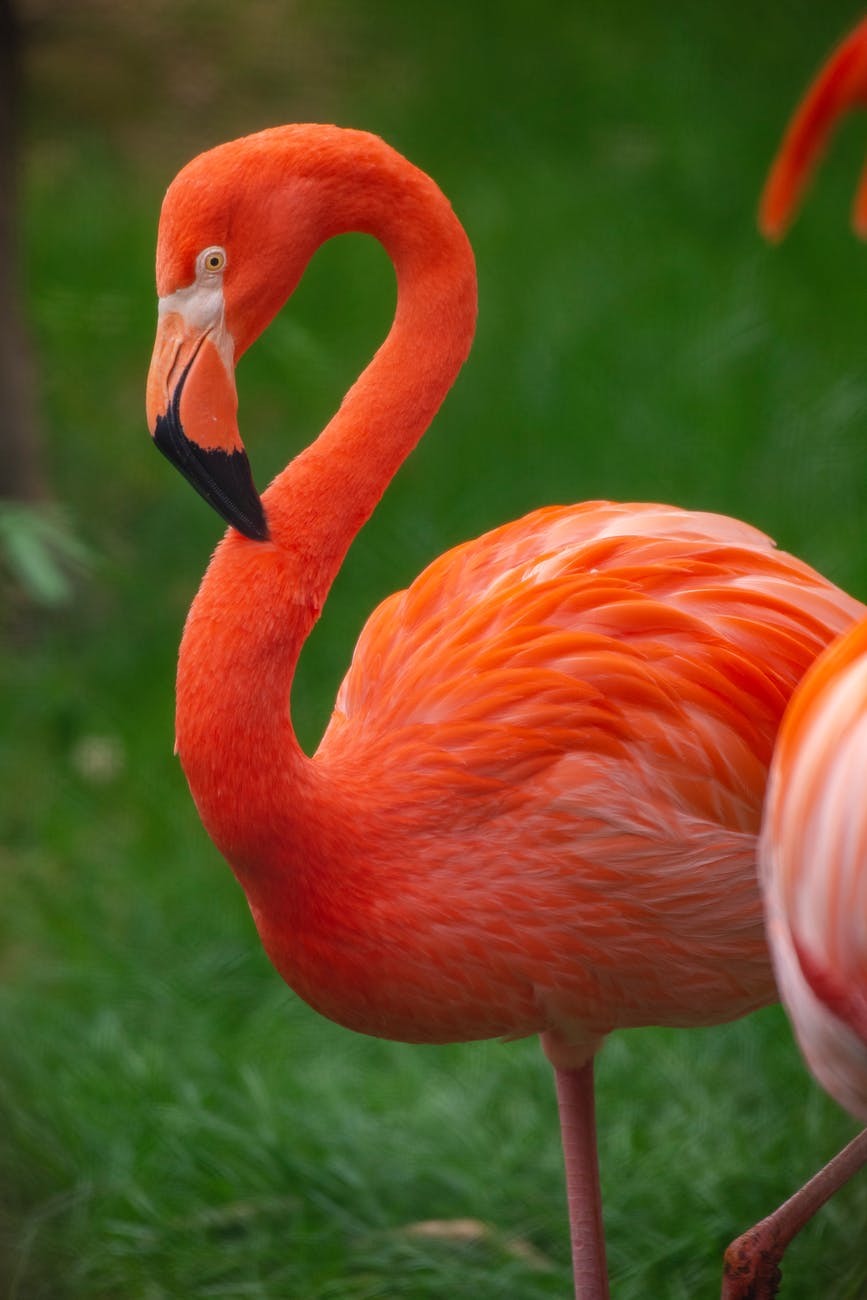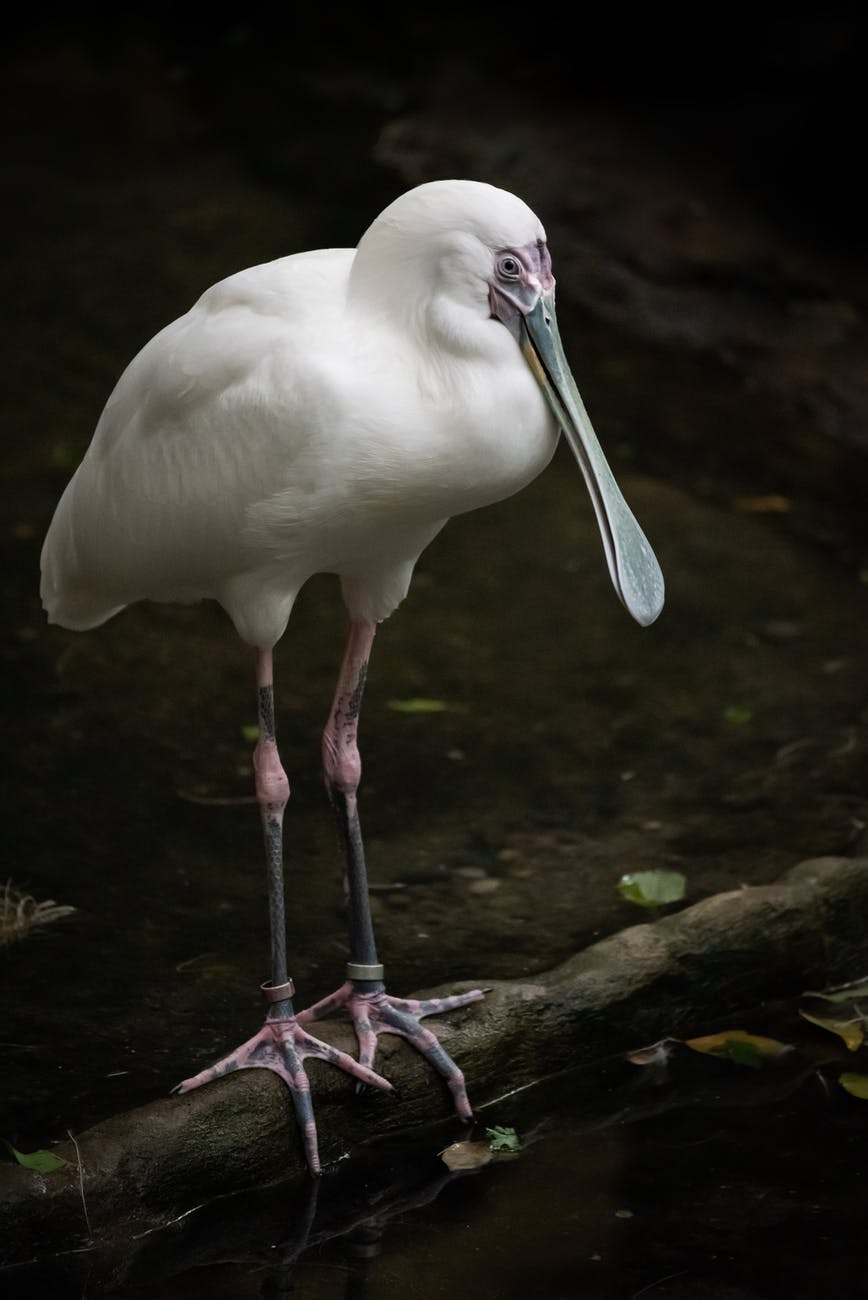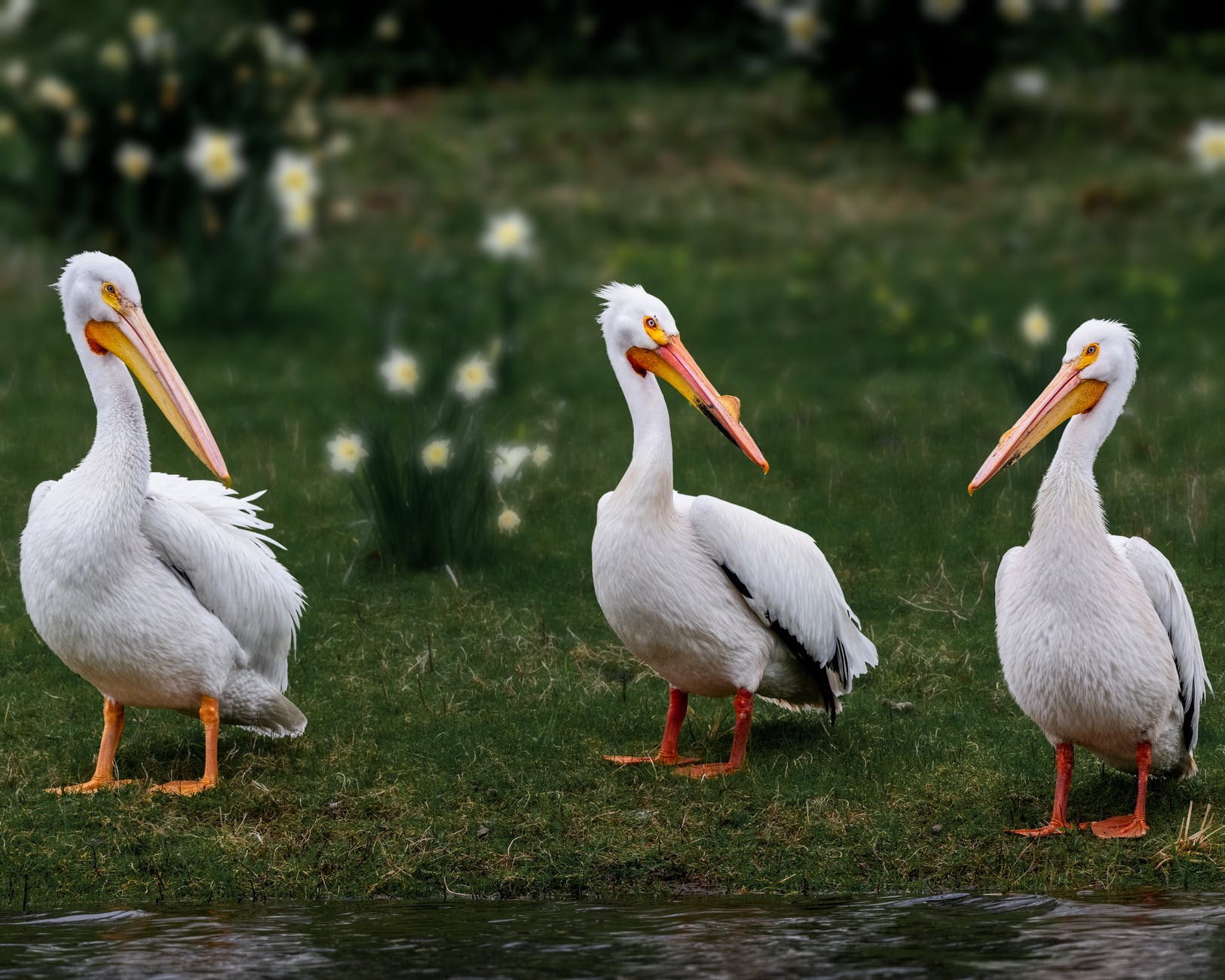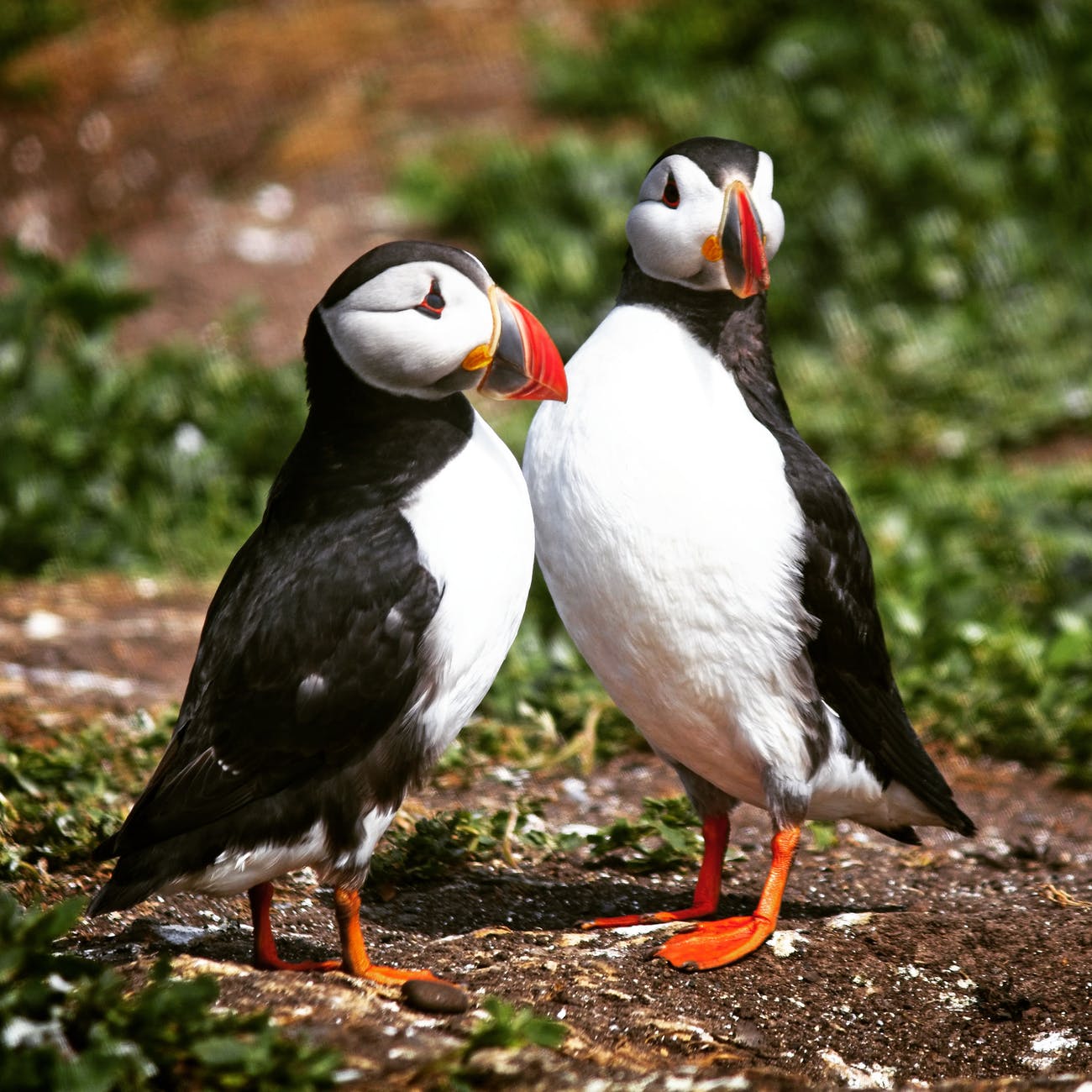A shopping mall is a specially built covered area containing shops and restaurants which people can walk between, and where cars are not allowed. Shopping mall provides an end-to-end shopping and entertainment experience from food courts and theaters to shopping outlets. it’s a community and entertainment center. Most of the world’s biggest malls can be found in Asia. Here is the list of 10 Biggest malls in the world in 2020.
1.Iran Mall
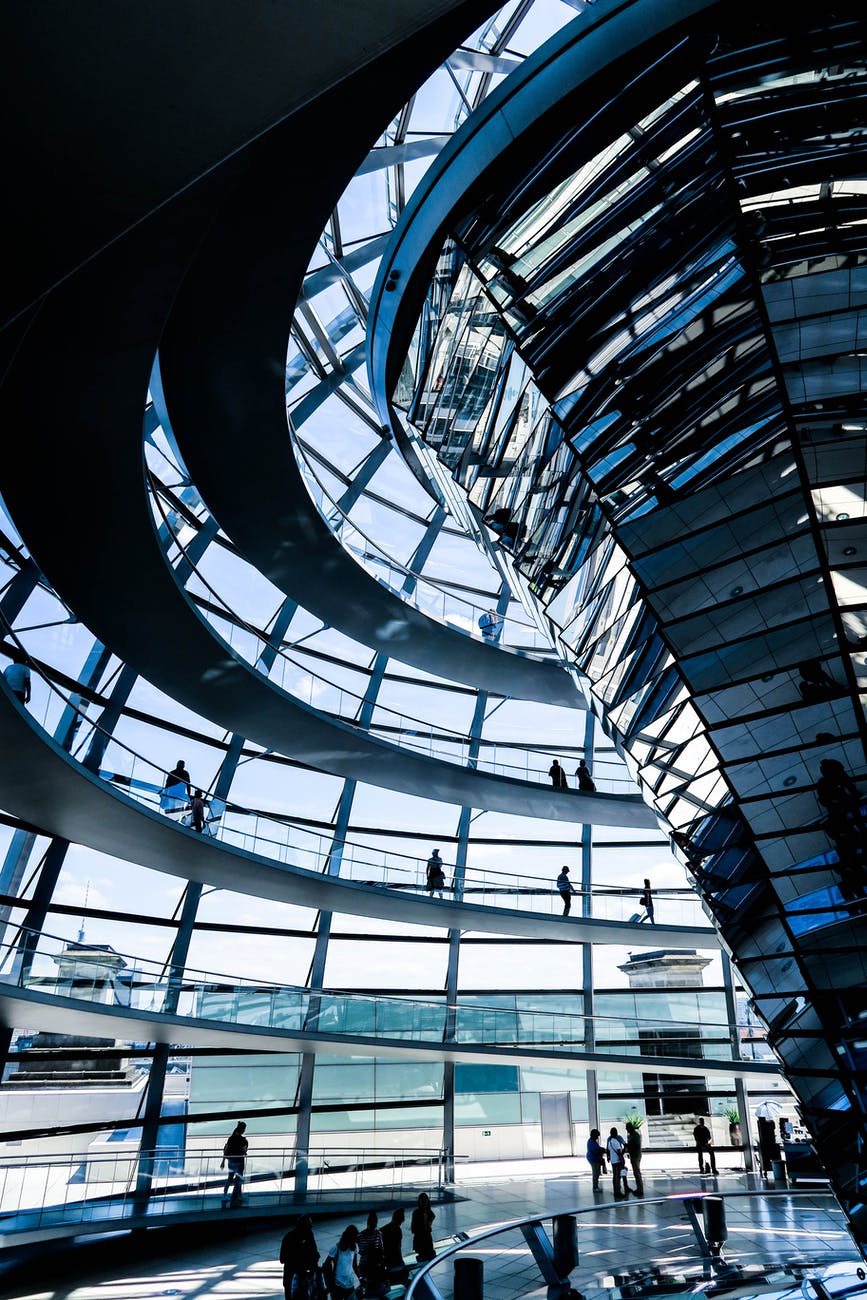
The founders of the project aimed to found an international mall that gathers together the domestic and international business owners. As of 2020, the biggest mall in the world is the massive Iran Mall. It is a vast shopping and entertainment complex in northwest Tehran, by Chitgar Lake. It is the largest mall in the world by total land area (1,950,000 m2). The first phase includes 700 shops, a 20,000 square meter hypermarket, a fashion avenue, a diamond and crystal atrium. Iran Mall includes three food courts with more than 200 restaurants, a 3,300 square meter book garden with 67,000 volumes of books and several book stores, a cinema complex with 12 IMAX cinemas as well as a theater. It is a family entertainment center with a roofed amusement park, a museum, art galleries, a permanent car showroom, an Iranian Bazaar, and three hotels including a 5-star luxury hotel with 450 rooms, a 3,000-seat conference hall, a convention center, several galleries, and meeting and banquet facilities.
The mall’s roof serves as a sports complex where people can do activities like hiking and cycling. This mall provides 18% of the space for the cultural facilities, 31% of the space to the public and recreational, 24% of the space to the commercial, 19% of the space to the parking and 5% of the space to the hotel. It includes 15 sports fields, tennis courts, a 12,000 square meter ice rink and swimming pools. The project took about 5 years to complete and 20,000 professionals and workers were engaged in the project since 2014. Main objectives of this project are Contributing to economic growth and development of the country, attracting tourists and providing a platform to absorb investment for the private sector to create more jobs.
2.South China Mall

Located about 50 miles north of Hong Kong in Dongguan, China, the New South China Mall is the largest abandoned mall in the world by gross leasable area. It was built in Dongguan, a city of about 10 million people located just east of the province’s capital city of Guangzhou. The mall was the brainchild of billionaire developer Alex Hu, known as China’s instant-noodle king, who wanted to put his home town on the map. The mall was designed with everything, and was constructed anticipating 100,000 visitors a day. The mall includes seven different zones that are designed to resemble prominent cities around the world. It was built with a 1.3-mile indoor canal featuring gondola rides, it has a large Egyptian sphinx, and it contains an 1800-foot indoor roller coaster. There is 82-foot replica of the Arc de Triomphe, a replica of Venice’s St. Mark’s bell tower, and even the first licensed Teletubby theme park.
Visitors from out-of-town would have difficulty coming to visit the New South China Mall as Dongguan doesn’t have an airport. There is no train or direct bus service to reach the Mall. Despite having every amenity a shopper could want, the mall has been 99% vacant since it’s opening in 2005. The only occupied areas were near the entrance where several Western fast food chains are located and a parking structure re-purposed as a kart racing track. Most visitors attend the mall for its movie theaters featuring IMAX, and that families did gather in the play area. He also noticed that 4 full floors of the mall were unused, and that the water of the artificial indoor canals had turned green. Empty storefronts stretch into the distance, cordoned-off escalators lie dormant, and lonely cleaners still polish the glass and chrome, yet no-one is there to see it.
3.Mall Of Istanbul

Istanbul Mall is one of the most incredible, modern and even the most beautiful and popular shopping centers in Turkey. This center will be an attractive place for even recreation. This giant shopping mall has about 350,000 square meters of space and has 350 large and small stores. The complex has 4 floors and 5 large buildings where you can find the best shops, restaurants and brands. There are 83 stairs and 42 elevators to move from floor to floor. These buildings connect with specific paths and will delight you. There is a 1,000-square-foot space as a food court that can serve a variety of foods from Turkish to European. In addition, the 12,000-square-foot children’s park is Europe’s largest indoor park and one of the largest in the world.
In this mall 16 showrooms with a capacity of 3050 and 300 Hotel rooms are available. Here 37,500 Sq m entertainment and catering area is available. Four adjacent residential towers and a hotel tower stand atop landscaped podiums, which connect to the green roof of the mall proper via a series of pedestrian sky bridges. Mall of Istanbul which was awarded with many international prizes even during its development stage was awarded with grand prizes in the categories of “The Best Mixed Use Project” and “The Best Shopping Center Development Project” at European Real Estate Prizes 2011. It was also awarded with “The Projects of the Future High Achievement” prize at The Global RLI Awards 2011 organized by the world’s leading retail and entertainment sector magazine Retail & Leisure.
4.SM Tianjin
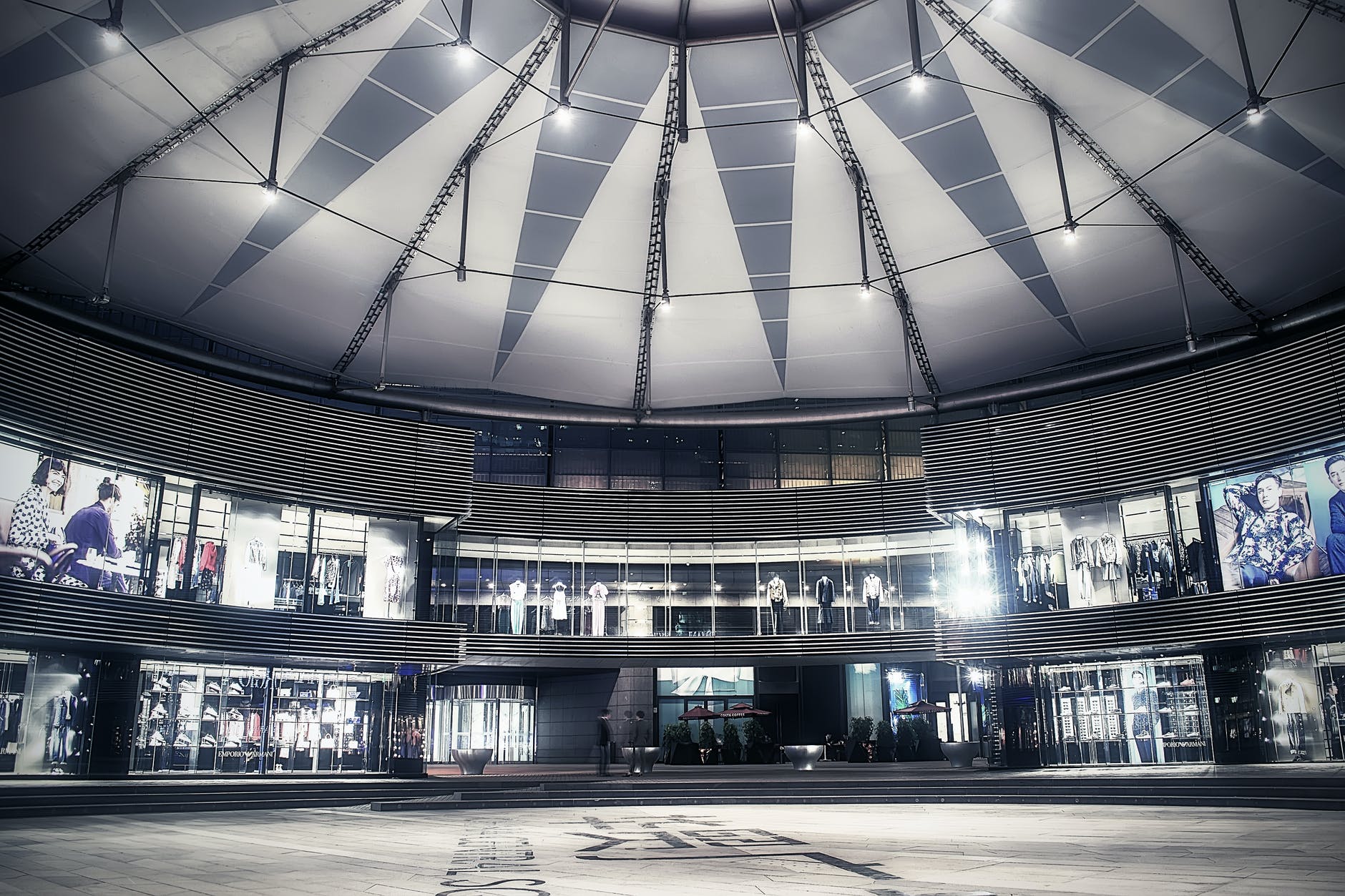
The Mall is a 5,381,955 SF state-of-the-art retail development located in the Airport Economic Area, Binhai New Area, Tianjin, China. The landmark development includes first-class planning and amenities, designed to the highest international standards. One of the world’s biggest holes started to be dug on Saturday in Tianjin Binhai New Area in preparation for building a shopping mall larger than 74 football fields in this northern Chinese city. SM Tianjin Shopping Center will be the world’s largest free-standing mall and will have required an investment by its Philippine-based developer of more than RMB 3 billion. The mall will feature three oval-shaped buildings, which are linked together by a central ring, and will have a gross floor area of 530,000 square meters. The five buildings of the shopping mall are named in honor of the traditional Chinese “Five Elements” – Metal, Wood, Fire, Water, Earth.
Ten opening tenants mix include fashion, supermarkets, cinemas, restaurants, kids, parent-child, leisure and entertainment, beauty, services, sports, etc. The Earth Ring is the parking building and provides more than 8700 parking spaces for customers’ convenience. Decathlon, French sports supermarket, covers nearly 4,500 square meters, providing about 35,000 kinds of sports equipment. SM Prime continues to expand in China as its consumer spending growth remains to be strong. The developer, SM Group, is the Philippines’ largest mall operator, and already has retail mall developments in Xiamen, Jinjiang (Fujian), Chengdu, and Suzhou. The SM group has 46 malls in the Philippines and China, three of which are among the world’s 10 largest malls. SM City Tianjin is the newest landmark within the Tianjin Airport Economic Area at the emerging Binhai New Area, the largest free trade zone in Northern China and a thriving central business district where international corporations in logistics and financial services are setting up offices.
5.Golden Resource Mall

Golden Resources Shopping Mall, or Jin Yuan is a major shopping mall located near the northwest Fourth Ring Road in Beijing, China. The mall has earned the nickname “Great Mall of China”, owing to its total area of 560,000 square meters (6 million square feet) over six floors. This shopping mall is the largest integrated shopping and recreational mixed-use development. The mall was completed on 20 October 2004 after 20 months of construction and opened four days later. The developer of the mall initially estimated that the mall would have 50,000 shoppers a day, however upon opening the actual number was far smaller, as few as 20 in an hour.
Today, with the growth of the Chinese middle class, the number of shoppers has increased tremendously over the years with the mall being crowded on weekends. In terms of tenant mix, it has multiple Departmental Stores as anchor and sub-anchors, luxury specialty stores, and a supermarket. F&B features Chinese and Western restaurants, Specialty Restaurants, and Bars. Other recreational facilities include an Ice skating rink, Gym, Spa, Cineplex, KTV and other cultural facilities. There is a Musical Fountain at the Southern Plaza for visitors, shoppers and nearby residents to enjoy. It has 230 escalators, more than 1,000 shops and a skating rink. It’s not as much of a sprawling structure like the rest of those on the list because this one is a six-storey building surrounded by new apartment buildings and offices.
6.CentralPlaza WestGate
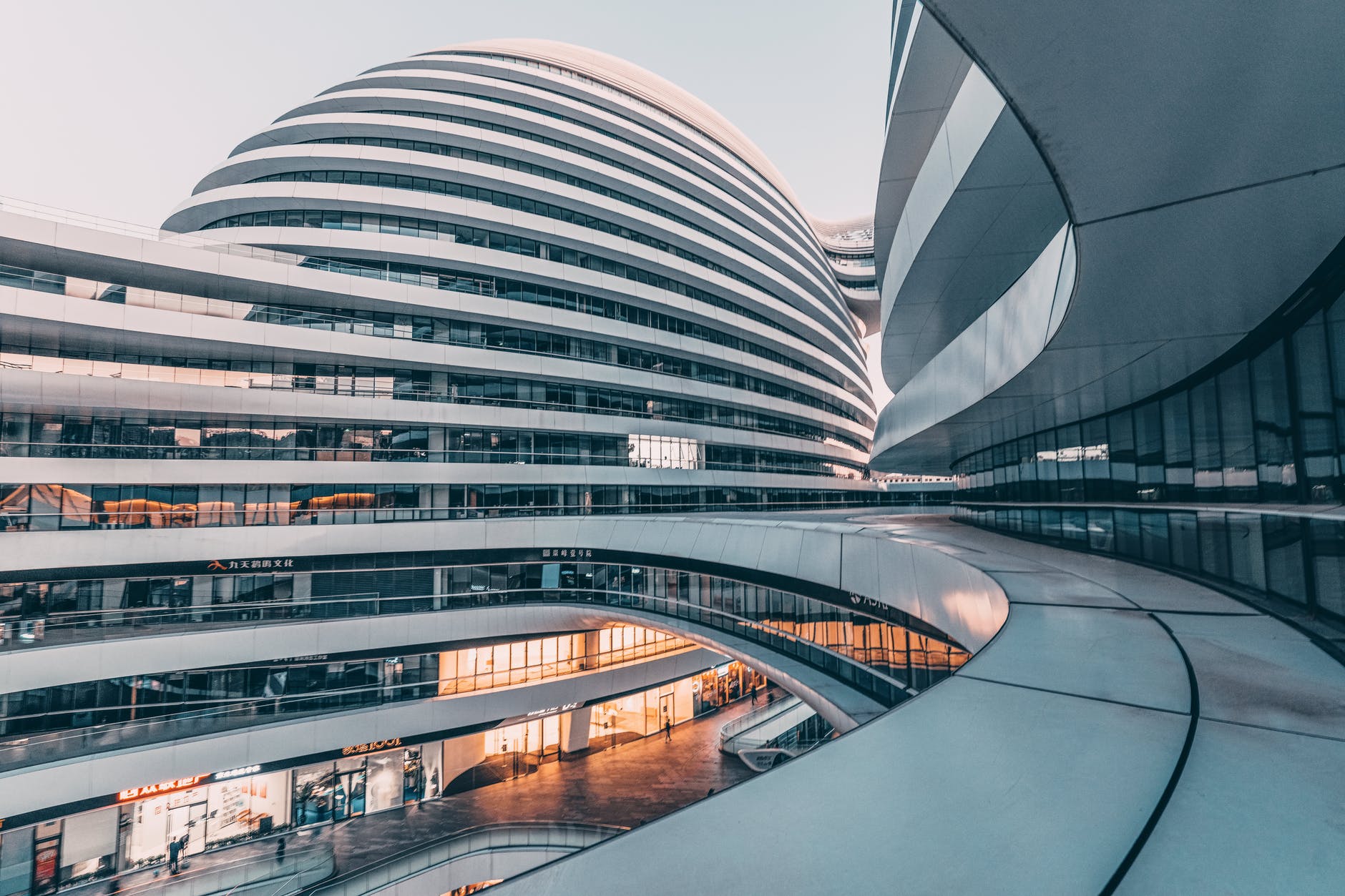
CentralPlaza WestGate is a large shopping plaza and complex in Nonthaburi Province, Thailand. It has a gross floor area of 550,278 m2 (5,923,140 sq ft). It is deemed South East Asia’s “Super Regional Mall” and was built as part of an effort to convert Thailand into a thriving regional shopping hub. This mall has over 500 Thai and international brands, and over 200 restaurants. This is the largest mall in Thailand with the addition of the IKEA store, surpassing CentralWorld. The mall has a very advantageous location, right at the intersection of two really busy national highways.
That is why the number of visitors of the shopping center is really large. There are 3 large supermarkets in the shopping facility, as well as a large cinema with 12 large screens. The shopping facility is a wonderful destination for children and adults. This super size shopping center also boasts state of the art technology and innovative features. The complex showcases enormous and colorful features, including a giant LED water feature and a music garden. Movie fans can check out the various movie theatres with WestGate Cineplex, including a Kid Cinema.
7.CentralWorld
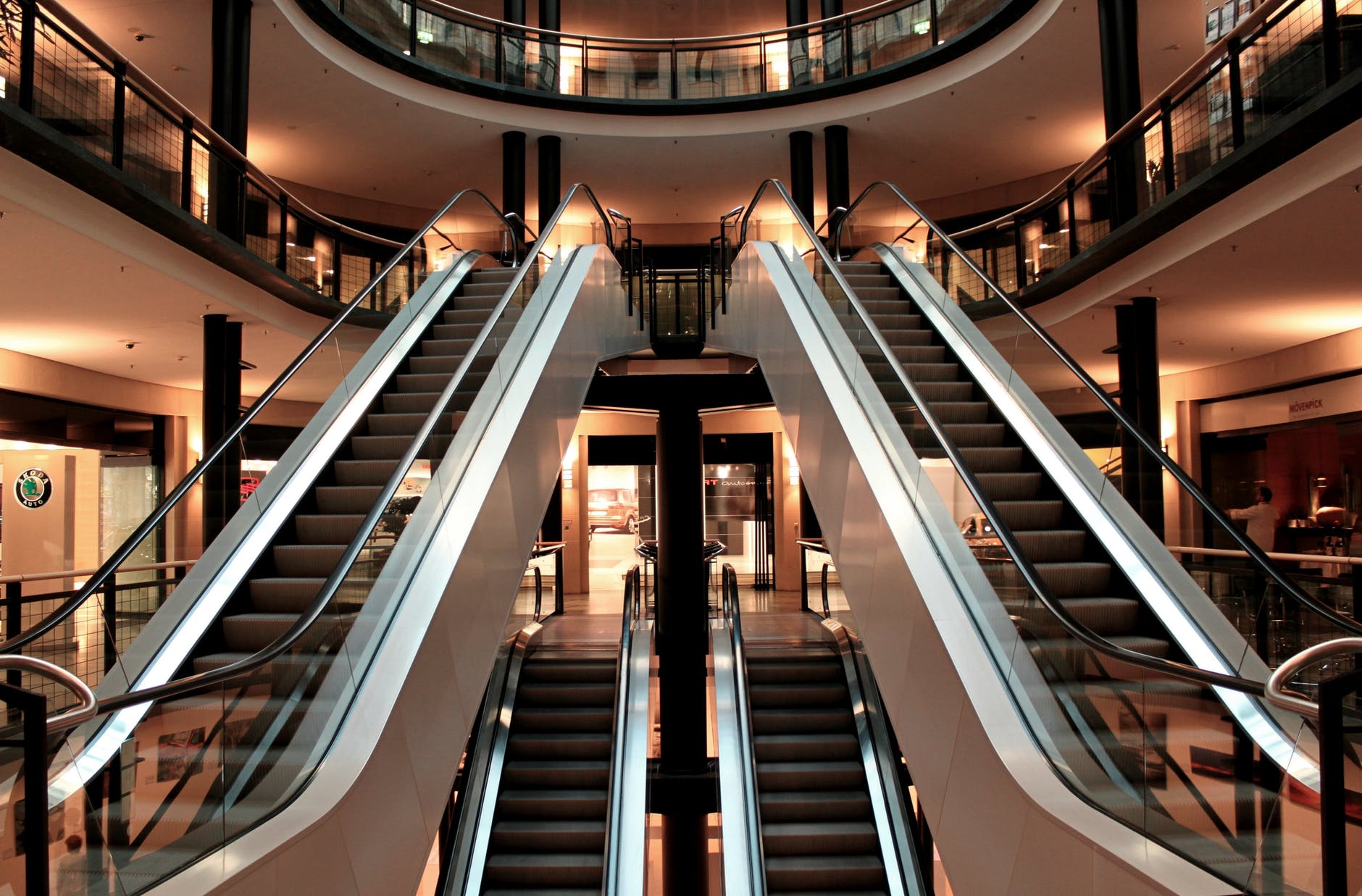
CentralWorld almost as big as the CentralPlaza WestGate mall is Thailand’s CentralWorld Mall located in the country’s capital, Bangkok. One of the largest shopping complexes in the region, the CentralWorld Mall includes 500 stores, 100 restaurants and cafés, and 15 cinemas. It has a kid’s zone, a learning center, and two department stores. It also has its own ice rink, like a few others on this list. In 2006, after three years of design and renovation, CentralWorld was expanded to 550,000 m2 (5,900,000 sq ft) of shopping mall and 830,000 m2 (8,900,000 sq ft) of complex. It has everything from brand-name clothing boutiques, funky fashion, high-tech gadgets, bookshops and designer furniture to imported groceries, a lineup of banks, beauty salons, gourmet eateries and even an ice-skating rink.
CentralWorld Bangkok – one of the highlights of 5 Places to Celebrate New Year in Bangkok and 45 Best Bangkok Shopping Malls. CentralWorld’s retail layout is influenced by the shopping street concept, allowing shoppers to see several storefronts at a glance, while its overall design has placed a lot of emphasis on natural light (daylight) that filters through the many skylights and open wells. The department store Zen spans 7 floors, while Zen World on 13 floors offer a fitness centre, spa, yoga, beauty centre, as well as an educational and tourist promotion centre.
8.ICONSIAM

Iconsiam, stylized as ICONSIAM, and ICS is a mixed-use development on the banks of the Chao Phraya River in Bangkok, Thailand. It includes one of the largest shopping malls in Asia. Icon Siam Mall is called the “Mother of All Malls”, with 500 shops and 100 restaurants from more than 30 different countries. It was developed as a joint venture by Siam Piwat group, a Thai high-end shopping mall developer, MQDC Magnolia Quality Development, and Charoen Pokphand Group. This spectacular river-side development is unique since, aside from the usual retail stores, it also has a quirky indoor floating market where shoppers can buy food from a boat docked by the side of the river.
This is a ฿54 billion (US$1.5 billion) project. This complex will include two of the tallest buildings in Bangkok, the 52-storey Mandarin Oriental Residences and the 70-floor Magnolias Waterfront Residences. ICONLUXE Facade Engineering is the longest pleated glass façade in the world. ICONLUXE is one of the zones in ICONSIAM where the international luxury brands are located. The purpose of this façade design is to make the store look prestigious, but keeping in line with Thai design. The main purpose of using the glass while constructing this mall is to show the beauty of the Chao Phraya River. Iconsiam offers an indoor floating market, an art gallery, exhibition space, and a beautiful riverside location with views of downtown Bangkok.
- SM City North Edsa
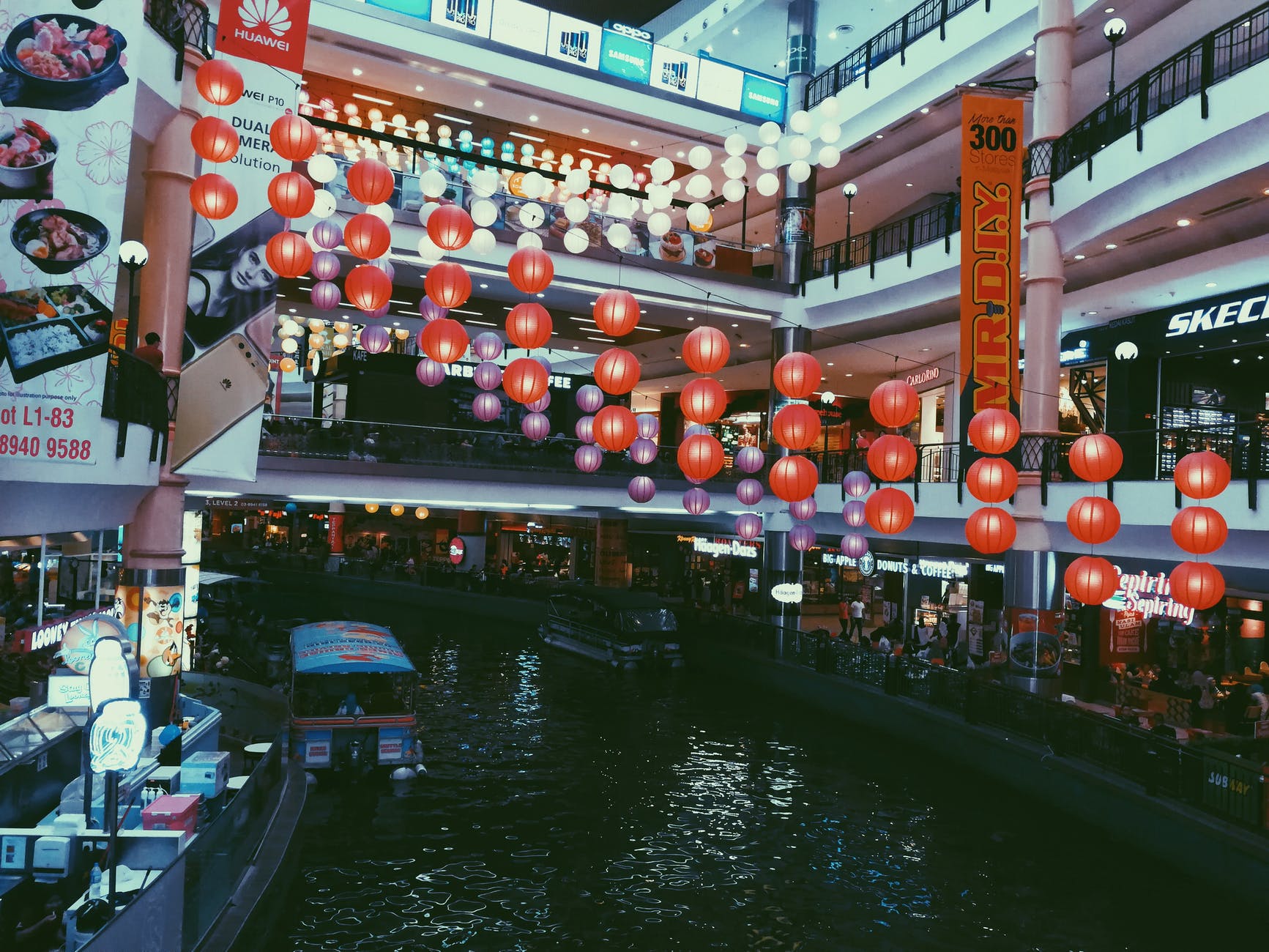
A short flight from Thailand is the next biggest mall in South East Asia is the Philippines’ SM City North EDSA. Even after the influx of mall giants in the country’s capital, North EDSA, while relatively older than the rest, remains the biggest. It is located in one of the capital’s busiest areas and provides locals with a giant air-conditioned escape from the sometimes unbearable summer heat. It has gross floor area of 460,000 square meters. As more tenants and entertainment venues were added, SM City North EDSA then came to be known as the mall that institutionalized the “one-stop” shopping concept in the Philippines.
SM North EDSA’s First major tenants are Manels, Jollibee, Ricky Reyes, National Bookstore, French Baker, Sportshouse, McDonald’s, Max’s of Manila, Goldilocks Bakeshop, Dimensione, Magic, Ideal Vision, Fabric Warehouse, and Multi time. SM City North EDSA opened in 1985. The mall attracts almost 4.4 million visitors on weekends, and 1,000,000 to 2,100,000 visitors on weekdays. The mall has the maximum capacity of 6.6 million people. Sky Garden was opened in May 2009.
10.Forum Istanbul

Forum Istanbul Situated on a total of 495.000 square meters area in Bayrampaşa, Istanbul. Forum Istanbul is not only the largest shopping center in Turkey but also in Europe. It offers a rentable space of 176.245 square meters, and 286 domestic & international brands. Hosting the home decoration leader IKEA and one of Turkey’s major construction market chains, Koçtaş; technology zone spearheaded by Media Markt, Teknosa, Bimeks; and many sports brands including Intersport, Adidas, Nike, as well as the French sports chain Decathlon; Forum İstanbul serves not only Istanbulites.
Forum Istanbul is home to Istanbul Sea Life Aquarium, which house the largest shark family in Europe, and the Jurassic Land dubbed one of the best ones in the world by international experts, and it blazed a trail in launching the very first Legoland Discovery Center in Turkey. It is occupying tenth place is the Forum Istanbul. It is most notable for its impressive architecture with alleys and domes as well as colors and hues that reflect elements of the country’s culture. It has large stores such as H&M, Boyner, YKM, Marks&Spencer and Zara for a diverse mix of mother-infant and kids stores in company with a food court of restaurants. It contains cinemaximum Movie Theaters, Funlab Entertainment World, Atlantis Bowling, Tiox Entertainment Center, Flyride Helicopter Simulation and Sand Castle apart from large-scale and tailor-made playgrounds.

